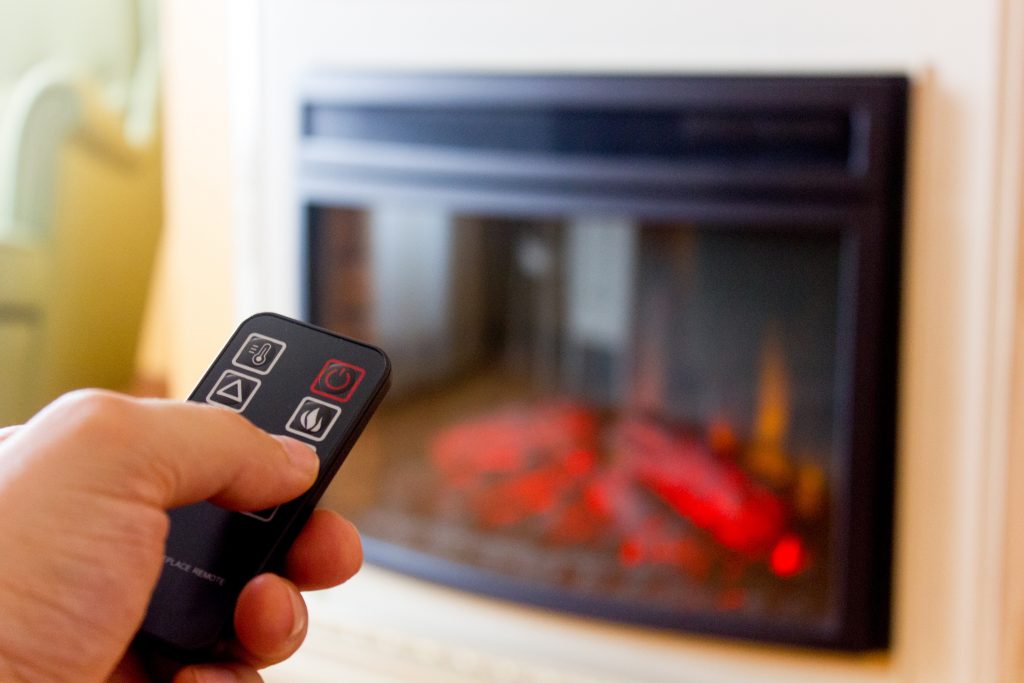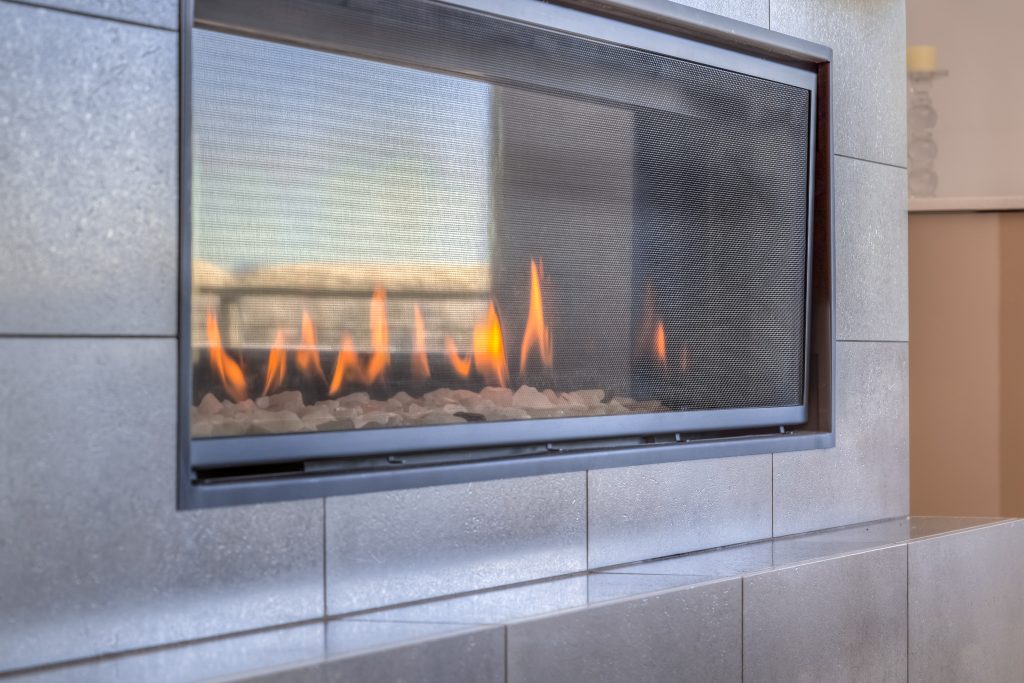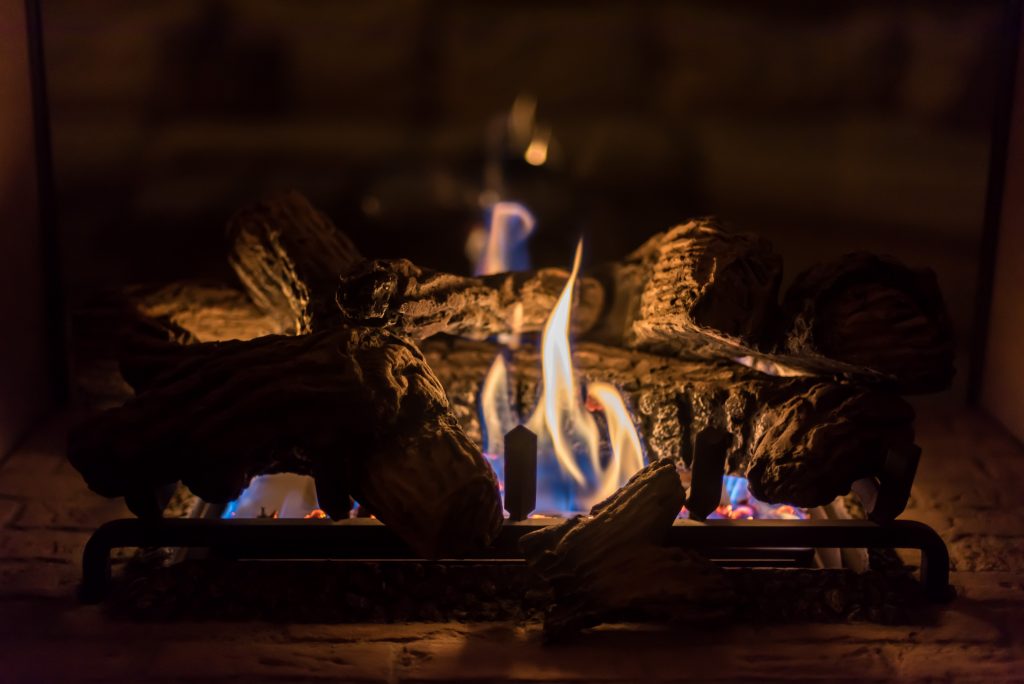There’s nothing quite as nice as cozying up to a warm fireplace on a cold winter night. Having a wood-burning fireplace means you’re responsible for its upkeep and maintenance. For safety precautions, you’ll need to ensure the chimney and flue are in good working condition and that kids and pets don’t get too close to the fire.
Traditional wood-burning fireplaces are common in older homes, but newer houses typically feature gas or electric fireplaces because they are less expensive to install and easier to clean and maintain. Owners of older homes even have the option to convert wood-burning fireplaces to gas or electric.

Electric Fireplace Basics
Electric fireplaces are easier to manage than wood-burning ones because they don’t require the same amount of upkeep or cleaning. The best electric fireplaces avoid energy waste by using a fan to push the warm air out into the room. They’re known to be more efficient in energy conversion versus gas fireplaces, and use high-efficient LED bulbs to operate. They’re also cool to the touch, so they’re safe to run near small children and energetic pets.
If you don’t already have an electric fireplace, you can buy and assemble one for any room in your home. They come in several styles and can be mounted on a wall or inserted into a wall. If you already have a wood-burning or gas fireplace and are ready to go maintenance-free, you can buy an electric fireplace insert instead, which may even increase the home’s value.

These fireplaces require a standard outlet to run and use, and — you guessed it — electricity to generate heat. While they won’t create an actual fire, the flame does look (and sound) realistic and can be adjusted to specific temperatures, often by remote control.
If you’re in the market for an electric fireplace, check out our selection of the best electric fireplaces that have been vetted by a team of experts.
What To Know About Gas Fireplaces
Gas fireplaces can warm a room in a matter of minutes, simply by using a button. There are three types of gas fireplaces: insert, vented and ventless, and each requires a gas or propane supply. Inserts fit into a pre-existing fireplace space. Vented gas fireplaces utilize an intake and an outtake vent that run to the exterior of the home. Ventless fireplaces don’t require a flue but some states have banned them due to safety concerns. If you don’t already have a gas line or fireplace, you’ll need to hire a seasoned contractor.

You’ll want to hire a professional for a fireplace service check once a year if it’s used frequently. If it’s only used occasionally, having it serviced once every two years is fine. Gas fireplaces generally cost more to purchase and install than their electric counterparts, but they could be less expensive to run over the long haul. However, it will depend on the size of the fireplace and the cost of propane or gas.
It really comes down to personal preference, where you’d like the fireplace to be located and what your budget is for both short and long term. Regardless of the type of fireplace, it can be a major asset to your house. Plus watching the glow and hearing the crackle of the fire is a soothing and relaxing way to pass the time.
This story originally appeared on Don't Waste Your Money. Checkout Don't Waste Your Money for product reviews and other great ideas to save and make money.


